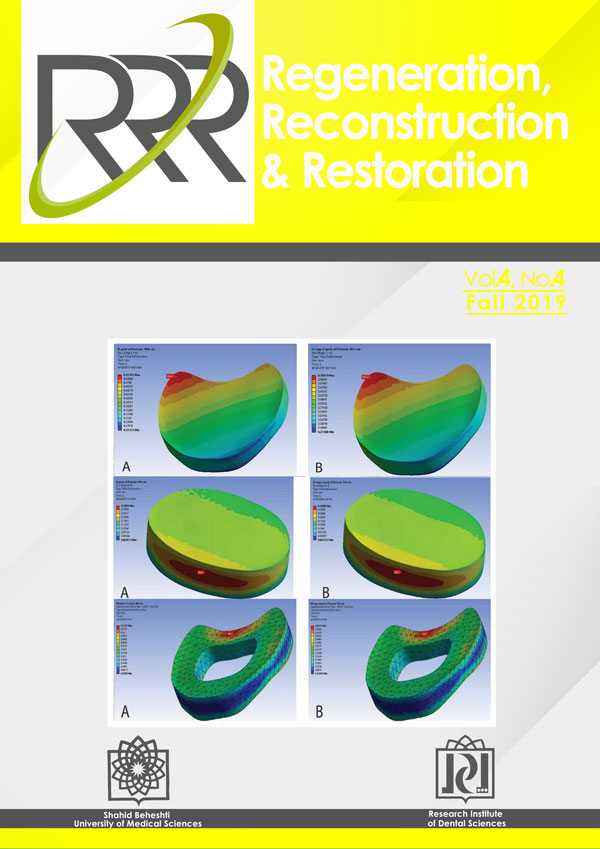Cell-Surface Interaction and Biological Behavior of Cells: An Overview
Journal of "Regeneration, Reconstruction & Restoration" (Triple R),
Vol. 4 No. 4 (2019),
14 March 2020,
Page 121-129
https://doi.org/10.22037/rrr.v4i4.29799
Generally, cell interactions with the surface of biomaterials are mediated by chemical groups and biological intermediates. Cell behavior includes adhesion, proliferation, migration, differentiation, and function can be under the impression of cell-surface interaction. Therefore, Knowledge of cell-surface interaction is useful in the engineering and production of ideal cell-tissue based products. According to this important, this study was designed to review the interaction between cells and the surface of polymeric structures in cell culture conditions. This study gave an overview of the effects of key parameters on cell attachment, proliferation, migration, differentiation, and cell fate in culture. The cell-material surface interactions focus on the communication between surface properties of the substrate, protein/water adsorption, cell adhesion, and its function. Surface modification as compared to non-modified surface improves the intrinsic properties of a surface which yields a convenience of the biocompatible construct. However, the quality of notable parameters between cell and surface express the main role in tissue engineering, and subsequent can be led to high- quality cell-tissue based products.
